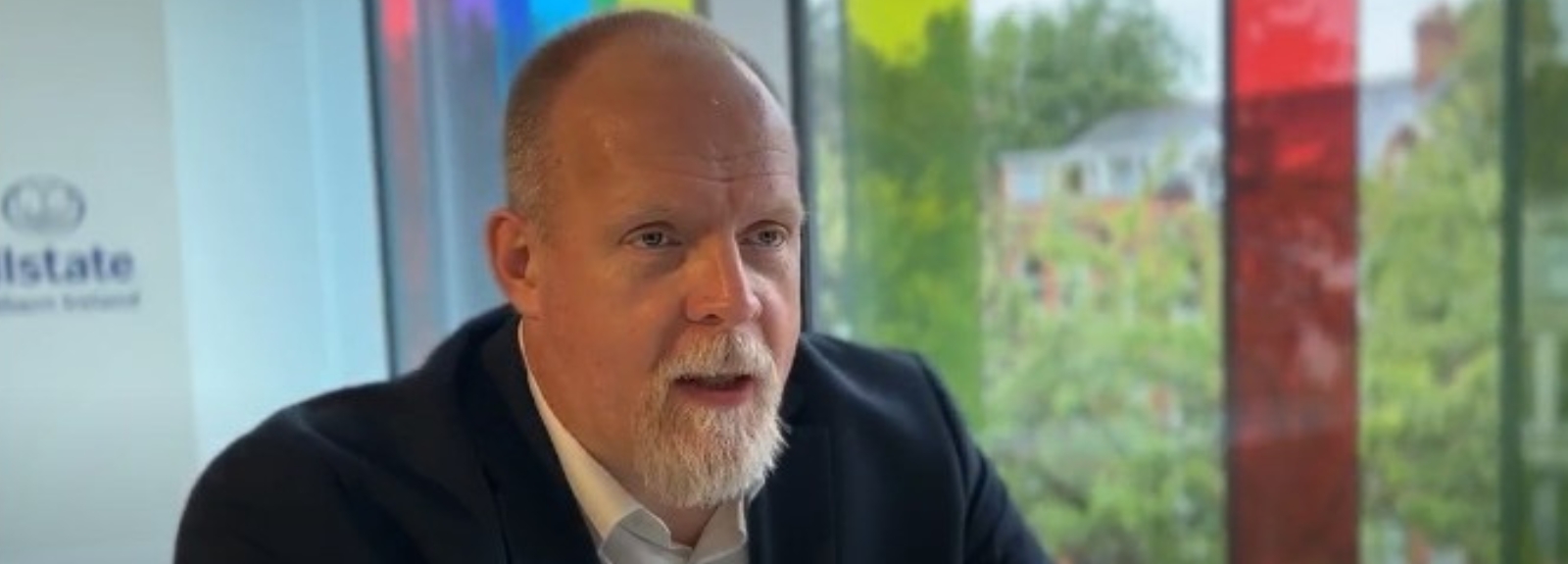Iain is a Professor of Computer Science within the School of Electronics, Electrical Engineering, and Computer Science.
Can you tell us a little about your role?
I’m a Professor of Computer Science in the School of Electronics, Electrical Engineering, and Computer Science, where I lead the Centre for Intelligent Sustainable Computing. This is one of the School’s four research centres with more than thirty academic staff and about one hundred postgraduate and postdoctoral researchers doing research in artificial intelligence, high-performance software, novel computing architectures and related areas.
I teach a course on the School’s MSc in Artificial Intelligence and supervise both undergraduate and postgraduate student projects, which I really enjoy because students can really explore the discipline and stretch themselves.
I also co-lead the Hub of Impact in Digital One Health for Momentum One Zero, one of the Belfast Region City Deal Innovation Centres, and I’m a co-investigator and board member of the AI Collaboration Centre. I’m also co-investigator and training lead for the new NILAB Doctoral Training Programme in AI for Bioscience, funded by BBSRC.
Recently, I have been asked to chair a new Digital Research Committee to develop the University’s approach to the digital infrastructure and services that support research. This includes things like AI and high-performance computing that are increasingly important in all areas of research.
Of course, I also run my own research group and have a team of postgraduate and postdoctoral researchers working with me on a range of research projects.
How would you describe your research to someone outside of your field?
I develop computational methods for understanding complex scientific and engineering data. A lot of my work is focused on understanding images by automatically understanding what objects are in an image and how they are interacting with each other. I’m especially interested in finding objects or parts of objects that look as if they are out of place – one current example is identifying damage to satellites caused by collisions with space debris. I particularly like to work with images that are very hard for humans to understand because they are unfamiliar to us, or because they are simply too large or complex.
One of my current major projects is a collaboration with chemists with whom I have been working for more than ten years to develop methods that can simultaneously image all of the proteins and their interactions directly from biological tissue samples. The data that the experiments produce need new computational methods to understand what they are telling us: it’s far too large and complex for humans to analyse manually. Whilst the images you take on your phone are a composite of the red, green, and blue colours in the scene, the images we are working with here are composites of tens of thousands of different 'colours' which actually represent fragments of proteins. Our goal is to automatically identify all of the proteins and their variants, map them across the tissue, and then build up 3D volumes by combining multiple images together to construct a 'protein atlas' that shows what proteins are present in a tissue and where they are.
What real-world impact does your research have?
The technologies I am currently working on could provide fundamental new insights into the way our bodies work and how they go wrong. For example, we have already identified protein variants that are present in much larger quantities than expected in some neurodegenerative diseases.
I hope that our tools will help other researchers to understand complex diseases sufficiently well to develop highly targeted new medicines. There is a lot still to be done, but the early results are extremely promising.
What's the most fulfilling part of your job at Queen's?
The academic freedom to pursue the research questions that I find most fascinating is the reason I followed an academic career path, and nothing will ever beat the thrill of scientific discovery.
As I’ve progressed in my career, though, I’ve found increasing satisfaction in helping others to develop, from first-year undergraduates to PhD students to colleagues who are looking to take the next step in their careers. I particularly enjoy supporting colleagues who are taking their first steps towards independence and helping them to avoid all of the mistakes that I made. I don’t have all the answers but I can at least serve as a bad example!
Can you share a standout moment or experience that's stayed with you during your time at Queen's?
The warmth of the reception I received from colleagues across the institution when I joined in 2023 was really striking, and it made me feel really welcome and at home right from the very start. I’ve also recently completed the Connected Leaders programme and the friendships and connections I’ve made through that have been really amazing.
About Iain
Outside of work, what hobbies or activities do you enjoy?
As a student, I was a keen sportsman which gave me a lifelong enthusiasm for exercise, so I like to work out first thing in the morning, which I find sets up the day nicely. I’ve taken on a house that is best described as 'ambitious', so I try to spend time at the weekend working on it, accompanied by a podcast or three. I also like to cook (sometimes well, sometimes not) and have been establishing a vegetable garden which has already proven surprisingly productive.
